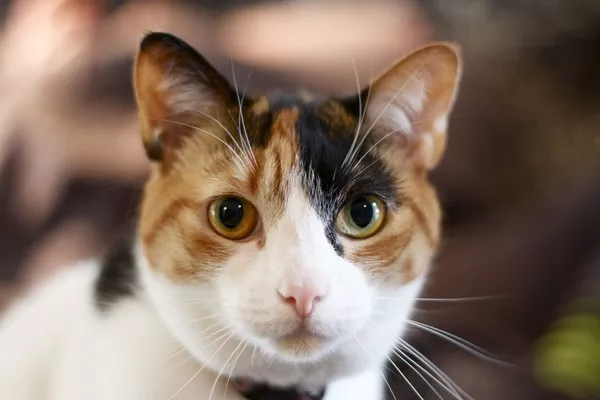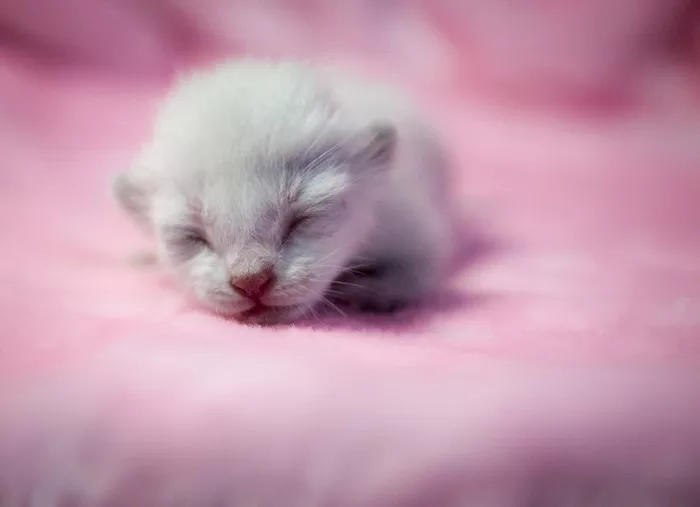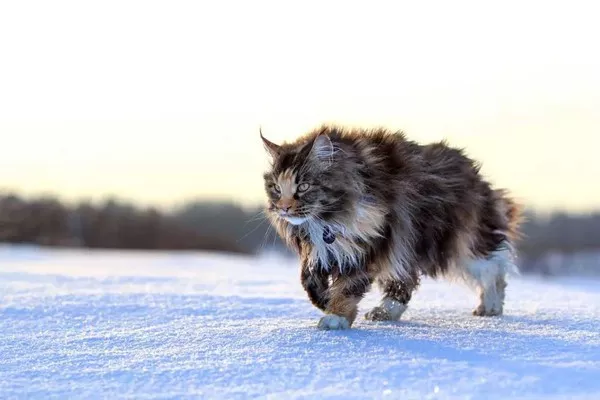Calico cats, with their striking tri-color coats and often vibrant personalities, have long captured the fascination of cat enthusiasts. However, behind their unique and eye-catching appearance lies an intriguing genetic puzzle, particularly when it comes to the reproductive capabilities of female calico cats. In this article, we will delve into the intricacies of calico cat genetics, exploring the factors that influence their reproduction and addressing the commonly asked question: Can a female calico reproduce?
Understanding Calico Cat Genetics
The distinctive coat pattern of calico cats is intricately linked to their genetic makeup. Calico coats result from a combination of specific color genes, with three primary colors – white, black, and orange – creating the characteristic patches. The genes responsible for coat color are found on the X chromosome, and it’s the interplay of these genes that gives rise to the diverse and visually striking patterns seen in calico cats.
X Chromosome Inheritance:
Female cats possess two X chromosomes (XX), while males have one X and one Y chromosome (XY). The coat color genes on the X chromosome exhibit a phenomenon known as X-inactivation, where one X chromosome in each cell becomes inactive. This process occurs randomly during early development, leading to the distinct patches of color in calico cats.
Color Variations:
The specific combination of color genes determines the overall appearance of the calico coat. Black and orange colors are prevalent, but variations can include gray, cream, and brown, creating a tapestry of hues within the patches.
Male Calico Cats:
Male calico cats are relatively rare and are typically the result of genetic anomalies, such as possessing an extra X chromosome (XXY). Due to the genetic factors at play, most male calico cats are sterile and, therefore, unable to reproduce.
Female Calico Cats and Reproduction
Now, let’s turn our attention to the reproductive capabilities of female calico cats. Unlike their male counterparts, female calico cats can indeed reproduce, and many do so successfully. The X-inactivation process that determines coat color is independent of the reproductive system, allowing female calicos to have normal reproductive functions.
Fertility of Female Calico Cats:
Female calico cats, whether short-haired or long-haired, have the same fertility as other female cats of the same breed. Their ability to reproduce is not influenced by the unique genetics that govern their coat color.
Heat Cycles and Mating:
Like other female cats, calico females experience heat cycles, also known as estrus. During these cycles, they exhibit behaviors such as increased vocalization, restlessness, and a greater interest in mating. When a female calico is in heat, she may attract male suitors, and successful mating can lead to pregnancy.
Pregnancy and Kitten Birth:
Female calico cats carry their pregnancies for an average of about 63 to 65 days. The number of kittens in a litter can vary, and the colors of the kittens are determined by the combination of genes inherited from both parents.
Genetic Diversity in Litters:
Calico females, when mated with male cats of different coat colors, contribute to genetic diversity in their litters. The range of coat colors and patterns in the offspring reflects the diverse combination of genes inherited from both parents.
Male Calico Cats: A Genetic Rarity
While female calico cats navigate the reproductive journey with typical fertility, the situation is distinct for their male counterparts. Male calico cats, being a genetic anomaly, are rare and often face challenges in reproduction.
Genetic Anomalies:
Most male calico cats possess an extra X chromosome (XXY), a condition known as Klinefelter syndrome. This genetic anomaly interferes with normal sperm production, rendering many male calicos sterile.
Sterility Challenges:
The presence of an extra X chromosome in male calico cats disrupts the balance of genetic factors essential for normal reproduction. As a result, many male calicos are sterile and unable to father kittens.
Infertility in Male Calicos:
Sterility in male calico cats is a common outcome of the genetic anomalies associated with their unique XXY chromosome configuration. While exceptions exist, most male calicos do not contribute to the reproduction of their kind.
Caring for Calico Cats During Reproduction
For owners of female calico cats, the reproductive phase involves responsible and attentive care. Here are key considerations:
Spaying:
Spaying, or the surgical removal of the ovaries and uterus, is a common practice to prevent unwanted pregnancies. Responsible pet ownership often involves spaying female calico cats unless they are part of a breeding program.
Breeding Programs:
For those engaged in responsible breeding, careful consideration of genetics, health, and ethical practices is paramount. Breeding programs should prioritize the well-being of the cats and aim to contribute positively to feline populations.
Prenatal Care:
If a female calico cat is pregnant, providing proper prenatal care is essential. Regular veterinary check-ups, a balanced diet, and a comfortable and secure environment support a healthy pregnancy.
Kitten Care:
When kittens arrive, attentive care includes monitoring their health, providing proper nutrition, and ensuring a safe and nurturing environment. Regular veterinary visits for vaccinations and health assessments are crucial.
Conclusion
The fascinating genetics of calico cats, with their intricate coat patterns and vibrant colors, add a layer of complexity to the understanding of their reproductive capabilities. While female calico cats navigate reproduction with typical fertility, male calicos face challenges due to genetic anomalies. Responsible ownership involves making informed decisions about spaying, breeding programs, and providing optimal care during pregnancy and kittenhood. As you marvel at the beauty of your calico cat’s coat, remember that behind those captivating patterns lies a genetic tapestry that contributes to the unique charm of these feline companions.



























